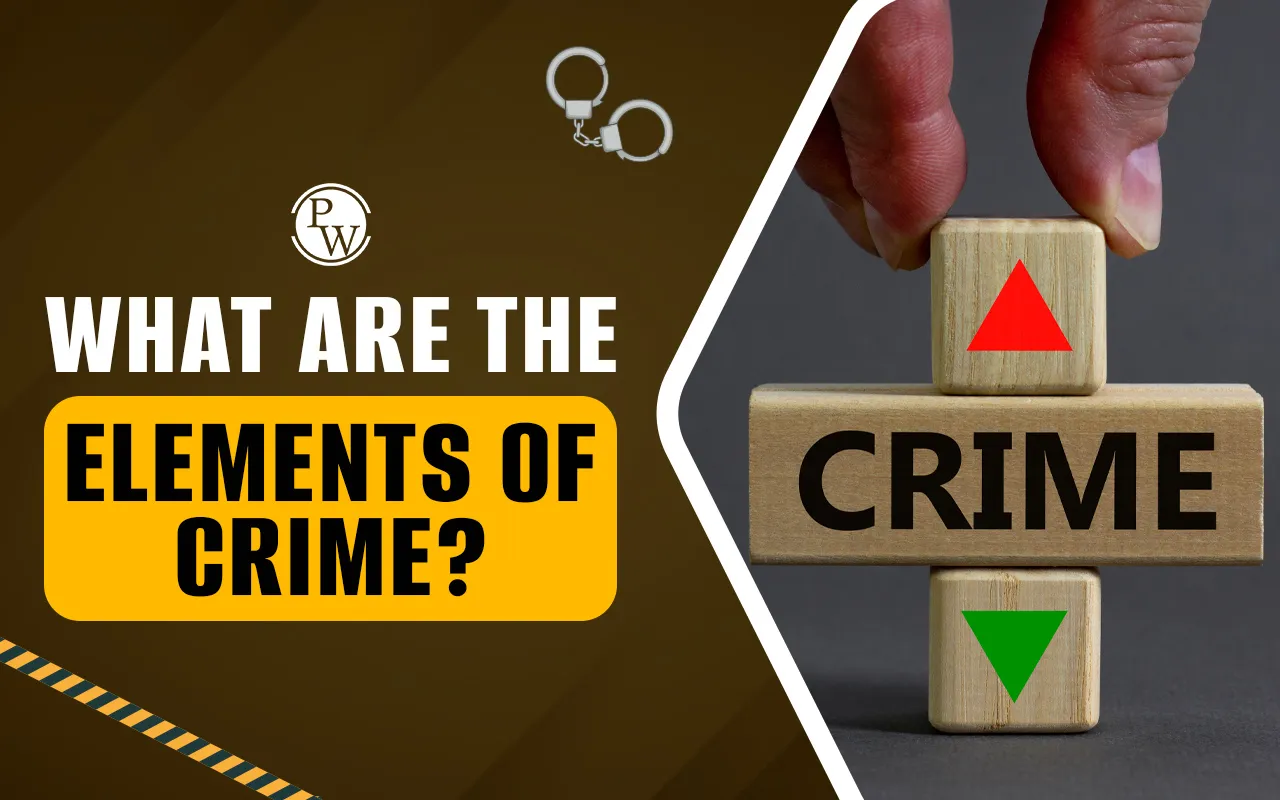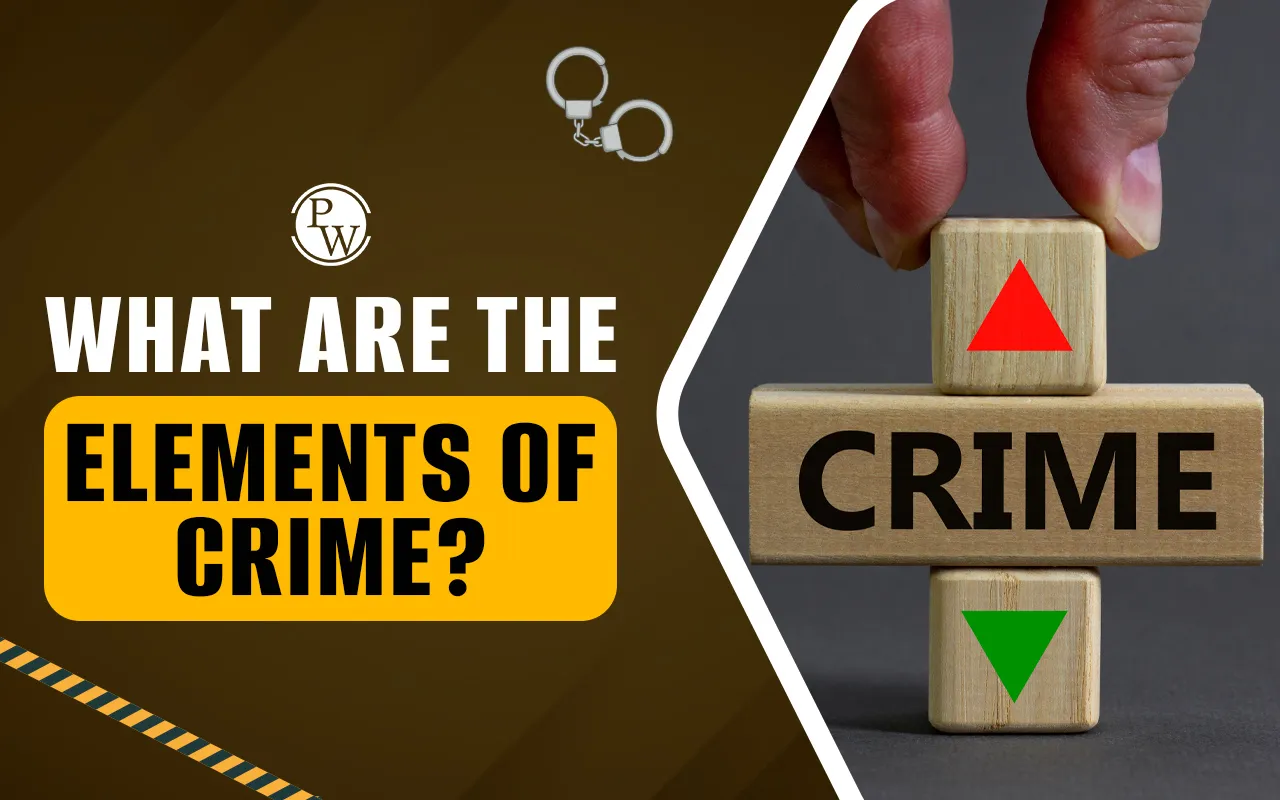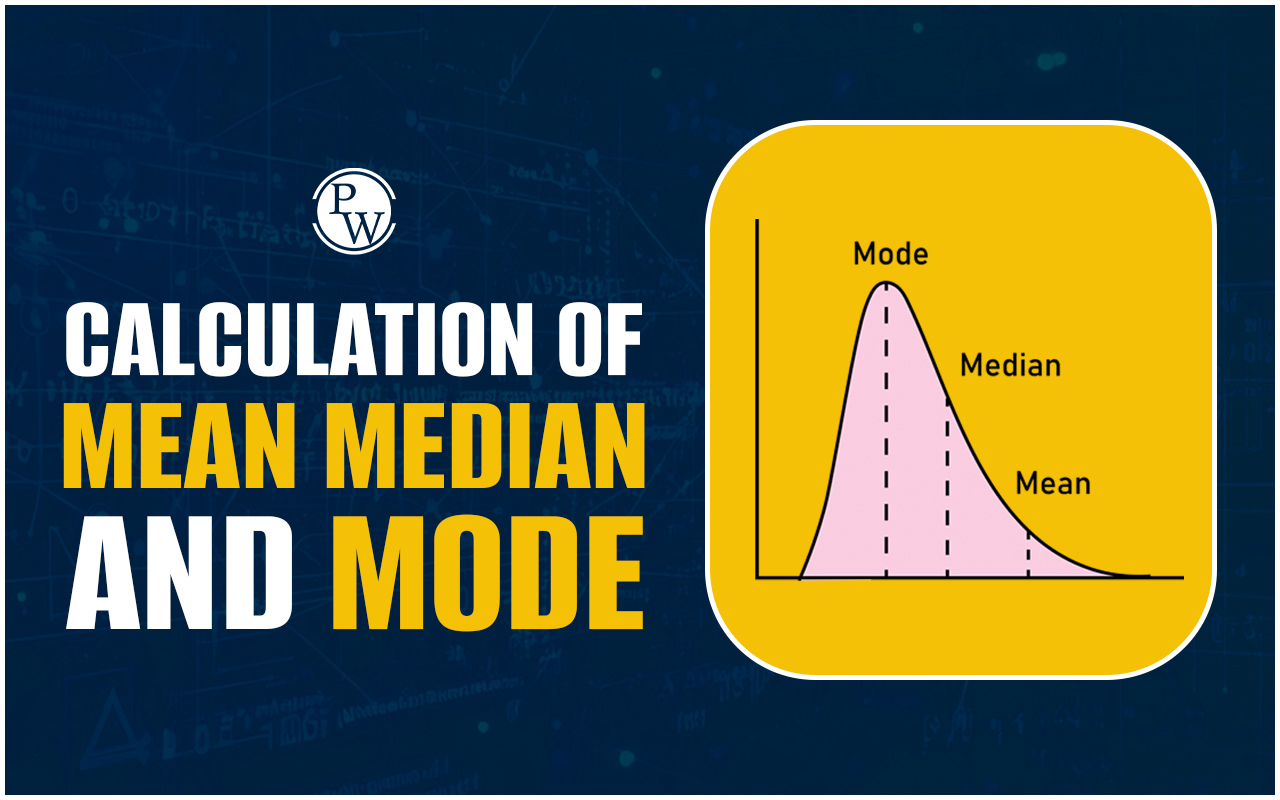

Elements of Crime: Crime is a legal violation that consists of various components, each playing a vital role in determining criminal liability. Establishing these elements is crucial for ensuring justice and maintaining law and order in society. Whether for legal professionals, law enforcement officers, or students of criminal law, understanding these elements provides clarity on how crimes are defined, prosecuted, and punished.
What Are the Elements of Crime?
Crime is a fundamental concept in legal studies, influencing the justice system across the globe. Every criminal act consists of certain essential components that must be proven beyond a reasonable doubt for an individual to be convicted. These components, commonly referred to as the elements of crime, form the basis of criminal liability. Understanding these elements is crucial for law students, legal professionals, and anyone interested in criminal justice.
Also Check: CBSE Class 12 Accountancy Exam Important Update
Common Indian Criminal Laws
Commonly, the chief Indian criminal laws comprise the Indian Evidence Act, Criminal Procedure Code, and the Indian Penal Code. Most often, people refer to these three as general laws. Besides these laws, there are other laws too that are related to specific offences. For instance, the Prevention of Money Laundering Act handles financial crimes. Additionally, some laws, like the Companies Act, though not primarily designed for crime regulation, include provisions for penalties and offences.
Sources of Information for the Elements of a Crime
The police often encounter difficulties in conducting criminal investigations as not all fundamental elements of crime are equal. Some kinds of evidence prove to be more advantageous compared to others. The primary sources of information for investigating crimes include:
1. Information from Physical Evidence
This includes tangible items directly related to the crime, such as fibres, blood, fingerprints, and crime tools like a crowbar, gun, or knife. Physical evidence, often referred to as forensic or scientific evidence, plays two crucial roles:
Establishing the elements of a crime.
Linking offenders or victims to the crime scene.
2. Information from People
Apart from physical evidence, witness testimony is another crucial source of information. Witnesses are classified into:
Primary Witnesses: Those who have directly observed or overheard the crime.
Secondary Witnesses: Those who have information related to events before or after the crime but did not directly witness it.
Also Read: Top 5 Chapters in Business Studies to Score 90% Marks
Essential Elements of Crime
A crime consists of four essential elements. These fundamental components determine criminal liability:
1. Accused Person
No crime occurs without a responsible party. Every crime must be committed by an individual or a legal entity, such as a corporation. The law must be capable of identifying the person or entity responsible for committing the crime. At times, multiple individuals may be implicated in the same crime, and all involved parties may face trial and punishment.
2. Mens Rea (The Guilty Mind)
Criminal acts require intent or a guilty mind, referred to as Mens Rea. This means a person cannot be held guilty unless they have a criminal mindset. Mens Rea includes elements such as:
Intention: A deliberate act to commit a crime.
Knowledge: Awareness of the consequences of an action.
Motive: The underlying reason behind the act.
Certain offences, particularly strict liability crimes, do not require Mens Rea. However, in most cases, proving criminal intent is essential.
3. Actus Reus (The Guilty Act)
Actus Reus describes the physical act of committing a crime. It includes actions that harm individuals or property. Actus Reus can be categorized into:
Commission: A voluntary act that constitutes a crime.
Omission: A failure to act when legally obligated to do so.
Both Mens Rea and Actus Reus must coexist for an act to be considered a crime.
4. Injury (Harm Caused)
The fourth fundamental element of crime is injury. A crime cannot exist without harm or damage caused to a person, property, reputation, or mind. As per Section 44 of the Indian Penal Code, injury refers to unlawful harm inflicted on another individual. However, not all crimes require physical injury. For example, driving without a license is a crime even though no individual is harmed.
The fundamental elements of crime are crucial to criminology and the judicial system. Every crime comprises an accused person, Mens Rea, Actus Reus, and injury. Understanding these elements helps establish criminal liability and ensure justice. Legal professionals, law enforcement officers, and students of criminal law must be well-versed in these principles to navigate the complexities of criminal justice effectively.
Join PW Commerce Online Course and unlock your potential with quality education and dedicated learning support.
Elements of Crime FAQ
What are the four essential elements of a crime?
Why is Mens Rea important in criminal law?
Can a crime occur without Actus Reus?
Is injury always necessary to prove a crime?













